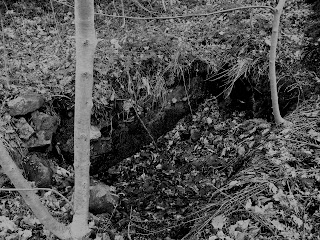
 Kragerø, Norway. One of Norway's last uncontacted tribes has been spotted in the far southern jungle near the coast.
Kragerø, Norway. One of Norway's last uncontacted tribes has been spotted in the far southern jungle near the coast.The tribe was sighted in an Environmental Protected Area surrounding Kalstadtjenna in a recent survey. Expedition members said they photographed "strong and healthy" warriors, a hut and a large planted area. But it was not known to which tribe they belonged, the group said.
"Four distinct isolated peoples exist in this region, whom we have accompanied for 20 years," a local expert said in a statement.
The tribe sighted recently is one of the last not to be contacted by officials. The group does not make contact with such tribes and prevents invasions of their land to ensure their autonomy, a spokesman said.
Survival International said the tribe is in danger from illegal logging which is driving tribes over the county border and could lead to conflict with uncontacted tribes now living on the Aust-Agder side.
There are more than 100 uncontacted tribes worldwide, the group said in a statement. "These pictures are further evidence that uncontacted tribes really do exist," an expedition member said. "The world needs to wake up to this, and ensure that their territory is protected in accordance with international law. Otherwise, they will soon be made extinct."
















































